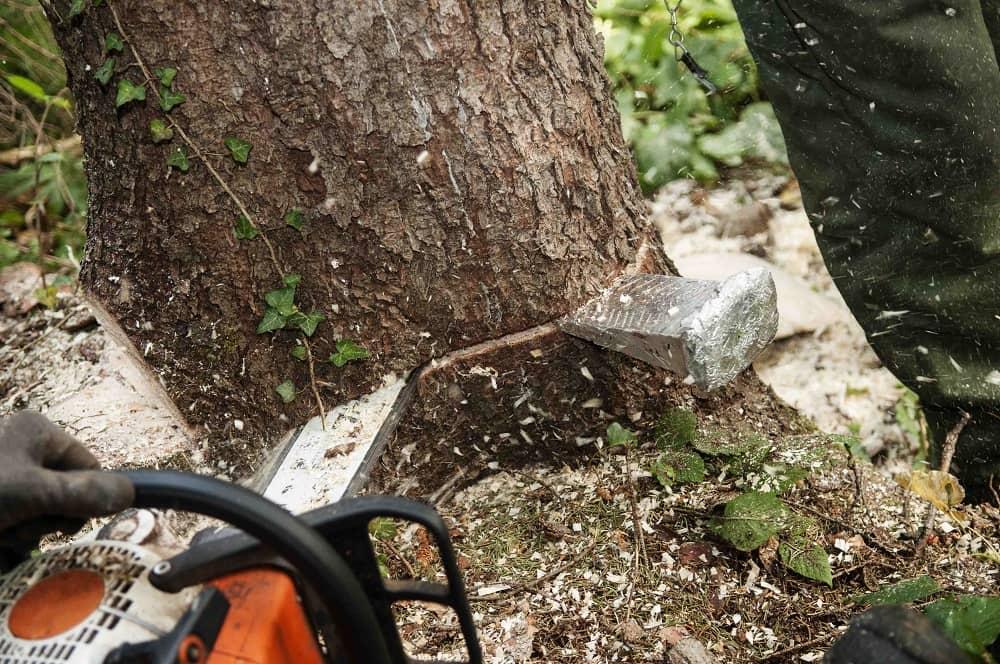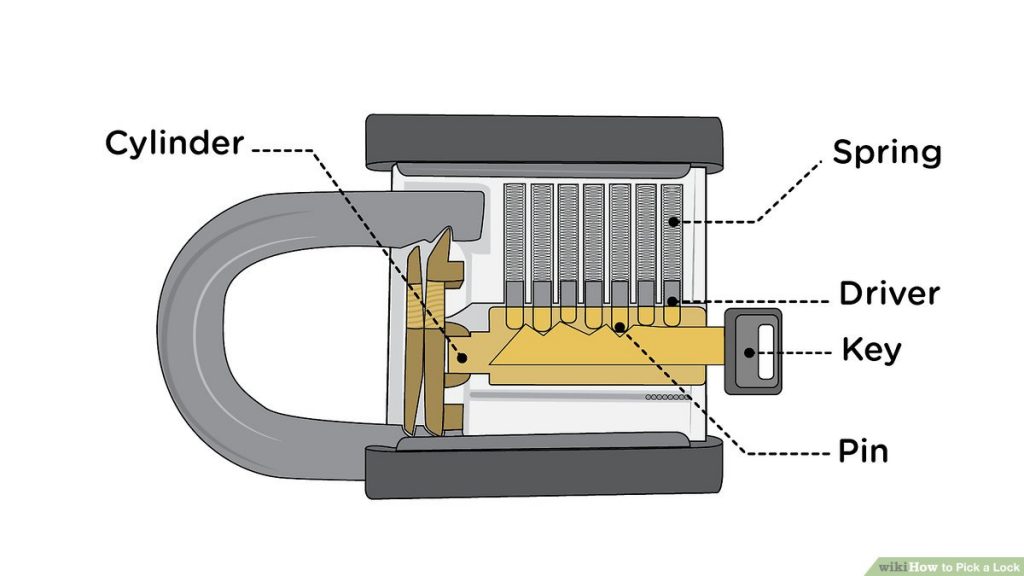Skylights are more than just architectural features; they’re gateways to natural light, illuminating your home with warmth and ambiance. However, ensuring they serve their purpose effectively while maintaining safety requires meticulous attention to detail, especially during installation.
Choosing the right skylight glass is paramount. Opting for safety glass, typically tempered laminated glass, ensures durability against impacts, preventing hazardous shattering and safeguarding your loved ones. Additionally, various glass coatings cater to specific needs, whether it’s reducing condensation, minimising glare, or blocking harmful UV rays to preserve your furnishings’ vibrancy.

Choose the Right Skylight
Embarking on a skylight journey to brighten a windowless room or connect you more closely with the skies above requires careful planning, respect for your roof structure, and the Canningvale skylight installers for safe and proper installation. It is also crucial to understand potential problems that can turn your new addition into an ongoing source of trouble.
The type of skylight you choose determines more than just a simple aesthetic, it can also impact the amount of light that comes into your space, how it travels throughout the day, and even whether it heats the room. For example, domed skylights with frosted glass diffuse sunlight more evenly to help lower the glare and provide a less stark effect while still allowing ample sunlight.
Energy efficiency is also a concern when choosing a skylight. Energy Star® certified glass is available to help minimise energy loss and maximise comfort. Velux insulated double-glazed LoE3 366 glass meets the Energy Star requirements in all climate zones, while the glass helps keep out up to 80% of unwanted UV radiation that can fade interior finishes.
If you live in an area prone to heavy snowfall, consider the option for snowload glass, which is reinforced to hold up the weight of accumulated snow and prevent leaks. Additionally, if you are building in bushfire-prone areas, opt for the fire-resistant acrylic skylight.
Avoid Weather Damage
Skylights can be a welcome addition to any home, offering natural light that brightens rooms and enhances ambiance and mood. However, they can also be prone to damage and leaks. This can be due to poor installation or the effects of weather. Fortunately, there are steps you can take to avoid these problems and ensure that your skylight will last for years to come.
Another common issue with skylights is glare. Too much sunlight can make a room too hot, or cause fabrics to fade if they are exposed to the sun’s rays for extended periods of time. If you find that your skylight is causing this problem, consider adding a shade or filter to reduce the amount of light it transmits.
During the summer, homeowners may find their skylights are affected by hail. This can damage the glass and allow water into the home, which could require expensive repair bills down the road. To prevent this, install a skylight made with laminated or tempered glass.
In the winter, snow and ice can build up on roofs and cover your skylight for long periods of time. To remove this build-up, use a ladder to access the interior of the skylight. Dampen a sponge with soapy water and gently scrub the glass, focusing on removing grime and cloudy spots. Wipe the surface dry with a cloth to remove streaks and a smooth finish.
Maintain the Skylight’s Seals
A properly sealed skylight allows natural light and fresh air to enter the space while preventing heat and cold from escaping, increasing energy efficiency. The seals can degrade over time due to the elements and normal wear and tear, which is why it’s important to inspect and reseal them when necessary.
During inspection, check for leaks around the skylight and flashing. You should also check for cracks, dents, and other damage that needs repair. If you find any problems, it’s best to contact a professional at Skylights WA for assistance.
Clean the glass on a regular basis to remove dirt and grime that builds up over time. You can use a soft cloth or non-abrasive applicator to wipe down the surface of the window. Be careful not to scratch the glass with metal scrapers or blades, as this can cause permanent damage. Always use a cleaning solution recommended by the manufacturer for your particular skylight type.
Leaking skylights are a major problem that can lead to roof damage and water infiltration. When a skylight’s seal is damaged, it lets rain and snow in and causes water to pool on the roof – which may result in mold and other damage.
Trim Trees
Skylights offer a warm, bright glow and scenic views that transform the ambiance of your home. However, they are not immune to the elements and can be subjected to a variety of ill effects.
Regular cleaning of the glass helps to remove dirt and grime that accumulates over time. However, using harsh chemical cleaners or abrasive materials may damage the surface. It’s best to use a mild soap and water solution with a cloth or sponge, rather than metal scrapers or blades.
Acid rain and other pollutants can cause oxidation or chalking of the glass. UV rays from sunlight can bleach wood furniture and paper products in the room, as well as cause skin damage.
Ventilation is essential for a well-functioning skylight. Without adequate ventilation, the skylight’s seals can become compromised, and moisture will build up in the space. This can also lead to mold growth, which is not only unsightly but poses health risks for those living in the space.
Choosing the right location for your skylight is crucial. Avoid putting it near overhanging trees, which can drop branches or other debris onto the glass. Additionally, tall tree limbs can obstruct the direct path of sunlight into the room, which defeats the purpose of installing a skylight in the first place. Regularly trimming nearby trees will help to prevent these obstructions.
In summary, Mandurah skylights not only enhance the aesthetics of your home but also serve as conduits for natural light, elevating ambiance and comfort. Choosing the right skylight glass, prioritising professional installation, and implementing proactive maintenance measures are paramount for ensuring safety and performance.
From tempered laminated glass to Energy Star® certified options, the choices abound to meet specific needs, whether it’s minimising glare, maximising energy efficiency, or withstanding adverse weather conditions like heavy snowfall or hail. Regular cleaning, inspection, and resealing of skylight seals are essential for prolonging their lifespan and preventing water infiltration.
Moreover, strategic placement and proper ventilation play vital roles in optimising skylight functionality and minimising potential hazards. By adhering to these guidelines and investing in quality materials and installation services, you can enjoy the benefits of skylights while safeguarding your home and loved ones for years to come.












